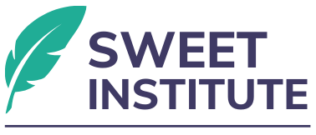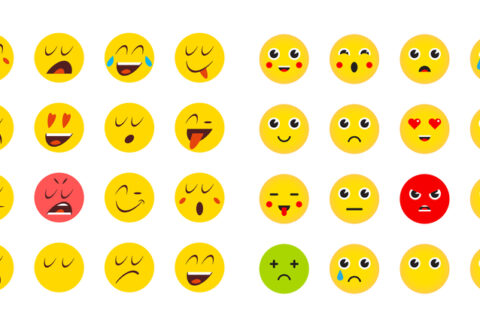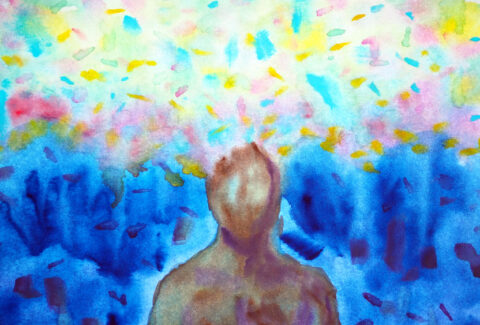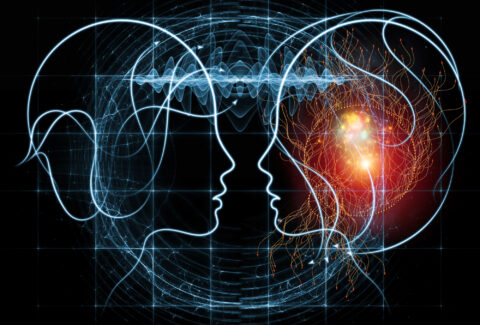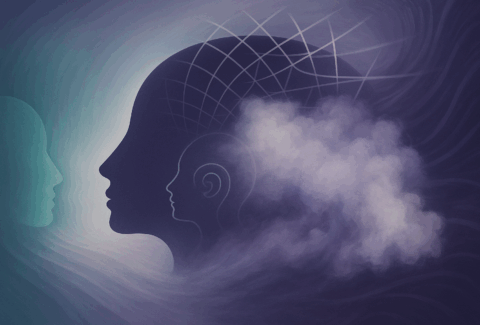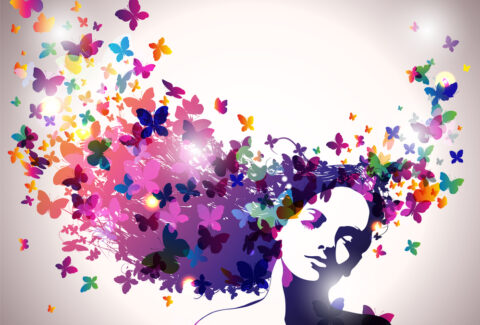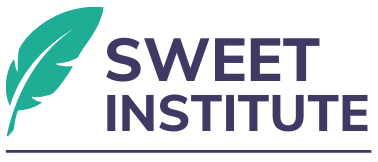Unraveling the Unconscious: Linking Thoughts, Feelings, Behaviors, Habits, and Events to Unconscious Drives
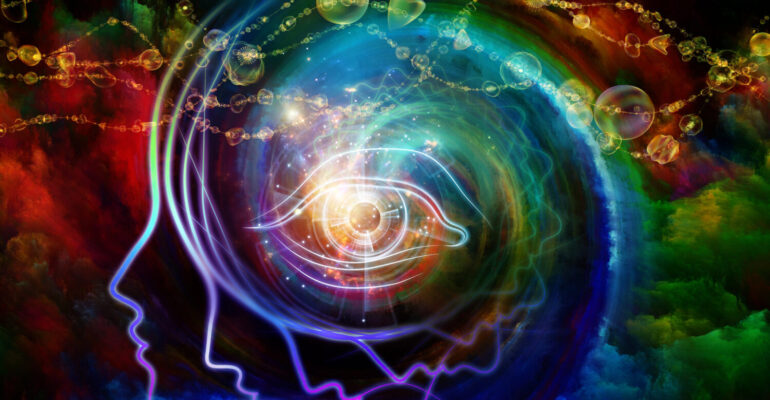
Unraveling the Unconscious: Linking Thoughts, Feelings, Behaviors, Habits, and Events to Unconscious Drives
The human mind is a complex, layered system where conscious thoughts and unconscious drives are intertwined in ways that shape our emotions, behaviors, and even life events. While conscious processes are what we are most aware of, the unconscious exerts profound influence over many aspects of our lives, often outside our immediate awareness. This article will explore the intricate relationships between our thoughts, feelings, behaviors, and habits, and how these can be traced back to unconscious drives[1]. Through examining these links, we can gain a better understanding of how the unconscious mind shapes our reality and how we might harness this understanding for personal growth and mental health.
The Freudian Legacy: Unconscious Drives as the Basis for Human Behavior
Sigmund Freud was one of the first to systematically investigate the role of the unconscious in shaping behavior.[2] Freud posited that unconscious drives, particularly related to desires, fears, and early experiences, are the fundamental motivators of human behavior. According to Freud, these drives often manifest in disguised forms, such as thoughts, feelings, and behaviors that seem unrelated to their true source.[3] For example, a person who experienced harsh criticism as a child might develop perfectionist tendencies as an adult, driven by an unconscious desire to avoid similar criticism in the future.
Freud categorized the unconscious into two key parts: the id and superego. The id represents primitive desires and impulses, while the superego embodies internalized societal norms and values. The conscious ego attempts to mediate between the two, leading to internal conflicts that often shape thoughts and behaviors. These unconscious processes, according to Freud, account for much of human behavior, even if we are not aware of their presence.[4]
Cognitive-Behavioral Models: Bridging Conscious and Unconscious Processes
While Freud laid the foundation for understanding unconscious drives, modern psychology has expanded on his work. Cognitive-behavioral theories emphasize the interplay between thoughts, emotions, and behaviors, while also acknowledging the role of unconscious factors. Aaron Beck’s cognitive theory of depression, for example, explains that maladaptive thoughts, which often stem from unconscious core beliefs, are the root of emotional distress and maladaptive behaviors. Negative automatic thoughts—such as “I’m not good enough”—can lead to feelings of sadness and behaviors like withdrawal or avoidance. These thoughts, in turn, often arise from unconscious core beliefs formed early in life.
Cognitive-behavioral therapy (CBT) aims to bring these unconscious core beliefs into conscious awareness, allowing individuals to challenge and change them.[5] However, unconscious drives often remain elusive, as they are deeply ingrained in our psyche. For example, an individual may struggle with chronic procrastination, which on the surface appears to be a simple behavioral issue. However, this behavior might be rooted in an unconscious fear of failure or criticism, driving avoidance behaviors to protect the individual from experiencing those feared outcomes.
Linking Habits and Behaviors to Unconscious Drives
Habits—repeated behaviors that occur almost automatically—are another area where unconscious drives can play a significant role.[6] Charles Duhigg, in The Power of Habit, describes how habits are often formed through unconscious processes, following a “cue-routine-reward” loop.[7] This loop can be traced to deeper psychological needs or unconscious drives. For example, a person might develop a habit of overeating in response to stress, where the unconscious drive for comfort and safety is satisfied by the behavior of eating.
Neuroscience research supports this idea, revealing that the basal ganglia, a brain region involved in habit formation, operates largely outside of conscious awareness. Studies have shown that habitual behaviors are deeply rooted in brain pathways that bypass the conscious, cognitive processes involved in decision-making.[8] This means that many of the habits we engage in daily—whether beneficial or harmful—are guided by unconscious drives and not purely conscious intentions.
The Role of Unconscious Drives in Emotional and Behavioral Patterns
Emotions are another key area where unconscious drives manifest. According to psychodynamic theory, emotions serve as signals that reflect underlying unconscious desires and conflicts.[9] For example, chronic feelings of anxiety or guilt might be expressions of unresolved unconscious conflicts. A person who constantly feels anxious about relationships might have an unconscious fear of abandonment rooted in childhood experiences of emotional neglect.
Psychodynamic therapy often focuses on making these unconscious conflicts conscious, thereby enabling individuals to process and resolve them. A classic example is the concept of defense mechanisms, such as repression, denial, or projection. These mechanisms operate unconsciously to protect the individual from experiencing painful emotions or conflicts, but they can lead to maladaptive behaviors. For example, someone who unconsciously fears intimacy might avoid close relationships, not because they are consciously aware of their fear, but because they have repressed it to avoid emotional pain.
Life Events: Shaped by the Unconscious?
While it may seem far-fetched, there is some evidence to suggest that unconscious drives can influence the kinds of life events we experience.[10] Research in psychoanalytic theory suggests that people may unconsciously “choose” or gravitate toward life circumstances that mirror unresolved internal conflicts. This phenomenon, known as repetition compulsion, posits that individuals may unconsciously recreate early life scenarios in an attempt to resolve them. For instance, a person who experienced neglect in childhood may find themselves in relationships where they are similarly neglected, driven by an unconscious desire to master the earlier experience.
While this idea is controversial, more recent studies in psychology have highlighted the role of unconscious biases and schemas in shaping our perceptions of the world, which in turn can affect the decisions we make and the situations we encounter. Cognitive schemas, which are mental structures that organize knowledge and expectations, can operate unconsciously and influence our behaviors in ways that shape our experiences. These schemas are often rooted in early childhood experiences and can lead to patterns of behavior that replicate those early dynamics.
Uncovering Unconscious Drives: Pathways to Change
Understanding the links between thoughts, feelings, behaviors, habits, and unconscious drives can provide a powerful pathway to change.[11] Various therapeutic approaches, including psychodynamic therapy, CBT, and mindfulness-based therapies, aim to bring unconscious processes into conscious awareness, allowing individuals to examine and alter them. Mindfulness, for instance, teaches individuals to observe their thoughts and feelings without judgment, creating space for unconscious material to surface. Research has shown that mindfulness practice can increase emotional awareness and reduce habitual patterns of behavior, leading to greater psychological flexibility and well-being.
Moreover, recent advances in neuroscience, such as neurofeedback, are beginning to explore ways to directly access and modify unconscious patterns of thought and behavior by targeting brainwave activity. This emerging field holds promise for helping individuals reshape unconscious drives that contribute to maladaptive behaviors.
Conclusion: The Power of the Unconscious
The links between thoughts, feelings, behaviors, habits, and events are deeply influenced by unconscious drives. From Freud’s early work to modern cognitive and neuroscientific models, understanding these unconscious processes can provide critical insights into our behavior and emotional life. By bringing these unconscious drives into awareness, whether through therapy, mindfulness, or personal reflection, we can begin to shift patterns that no longer serve us, creating new pathways for growth, resilience, and fulfillment.
[1] Kirsch, Michael. “On the abilities of unconscious freudian motivational drives to evoke conscious emotions.” Frontiers in Psychology 10 (2019): 470.
[2] Vrabel, Jennifer K., and Virgil Zeigler-Hill. “Conscious versus unconscious determinants of behavior.” Encyclopedia of Personality and individual differences (2020): 855-858.
[3] Cavell, Marcia. “Freud and the Unconscious.” The Routledge International Handbook of Psychoanalysis and Philosophy. Routledge, 2022. 143-155.
[4] Beketovna, Utepbergenova Nursulu. “UNCONSCIOUS MECHANISMS IN EVERYDAY LIFE.” Synergy: Cross-Disciplinary Journal of Digital Investigation (2995-4827) 2.4 (2024): 5-6.
[5] Devon, Angela. “CBT versus the unconscious.” Introduction to Countertransference in Therapeutic Practice: A Myriad of Mirrors (2017): 72.
[6] Newell, Ben R., and David R. Shanks. “Unconscious influences on decision making: A critical review.” Behavioral and brain sciences 37.1 (2014): 1-19.
[7] Duhigg, Charles. The power of habit: Why we do what we do in life and business. Vol. 34. No. 10. Random House, 2012.
[8] Eichenbaum, Howard, and Neal J. Cohen. From conditioning to conscious recollection: Memory systems of the brain. Oxford university press, 2004.
[9] Perlovsky, Leonid, and Felix Schoeller. “Unconscious emotions of human learning.” Physics of life reviews 31 (2019): 257-262.
[10] Bargh, John. Before you know it: The unconscious reasons we do what we do. Simon and Schuster, 2017.
[11] English, Fanita. “Unconscious drives reimagined.” Transactional Analysis Journal 38.3 (2008): 238-246.
